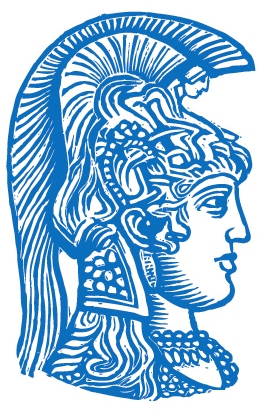| IFN-induced dsRNA-dependent serine/threonine-protein kinase that phosphorylates the alpha subunit of eukaryotic translation initiation factor 2 (EIF2S1/eIF-2-alpha) and plays a key role in the innate immune response to viral infection (PubMed:20038207, PubMed:20478537, PubMed:21123651). Inhibits viral replication via the integrated stress response (ISR): EIF2S1/eIF-2-alpha phosphorylation in response to viral infection converts EIF2S1/eIF-2-alpha in a global protein synthesis inhibitor, resulting to a shutdown of cellular and viral protein synthesis, while concomitantly initiating the preferential translation of ISR-specific mRNAs, such as the transcriptional activator ATF4 (PubMed:21123651, PubMed:20631127). Exerts its antiviral activity on a wide range of DNA and RNA viruses including west nile virus (WNV), sindbis virus (SV), foot-and-mouth virus (FMDV), semliki Forest virus (SFV) and lymphocytic choriomeningitis virus (LCMV) (PubMed:19264662, PubMed:20585572, PubMed:20631127, PubMed:21994357). Also involved in the regulation of signal transduction, apoptosis, cell proliferation and differentiation: phosphorylates other substrates including p53/TP53, PPP2R5A, DHX9, ILF3, and IRS1 (PubMed:19229320, PubMed:23403623). In addition to serine/threonine-protein kinase activity, also has tyrosine-protein kinase activity and phosphorylates CDK1 at 'Tyr-4' upon DNA damage, facilitating its ubiquitination and proteosomal degradation (By similarity). Either as an adapter protein and/or via its kinase activity, can regulate various signaling pathways (p38 MAP kinase, NF- kappa-B and insulin signaling pathways) and transcription factors (JUN, STAT1, STAT3, IRF1, ATF3) involved in the expression of genes encoding pro-inflammatory cytokines and IFNs (PubMed:22948222, PubMed:23392680). Activates the NF-kappa-B pathway via interaction with IKBKB and TRAF family of proteins and activates the p38 MAP kinase pathway via interaction with MAP2K6 (By similarity). Can act as both a positive and negative regulator of the insulin signaling pathway (ISP) (By similarity). Negatively regulates ISP by inducing the inhibitory phosphorylation of insulin receptor substrate 1 (IRS1) at 'Ser-312' and positively regulates ISP via phosphorylation of PPP2R5A which activates FOXO1, which in turn up-regulates the expression of insulin receptor substrate 2 (IRS2) (By similarity). Can regulate NLRP3 inflammasome assembly and the activation of NLRP3, NLRP1, AIM2 and NLRC4 inflammasomes (PubMed:22801494, PubMed:23401008). Plays a role in the regulation of the cytoskeleton by binding to gelsolin (GSN), sequestering the protein in an inactive conformation away from actin (PubMed:22633459). {By
SimilarityUniProtKB:P19525, Experimental EvidencePubMed:19229320, Experimental EvidencePubMed:19264662, Experimental EvidencePubMed:20038207, Experimental EvidencePubMed:20478537, Experimental EvidencePubMed:20585572, Experimental EvidencePubMed:20631127, Experimental EvidencePubMed:21123651, Experimental EvidencePubMed:21994357, Experimental EvidencePubMed:22633459, Experimental EvidencePubMed:22801494, Experimental EvidencePubMed:22948222, Experimental EvidencePubMed:23392680, Experimental EvidencePubMed:23401008, Experimental EvidencePubMed:23403623}. |
 National and Kapodistrian University of Athens
Department of Biology
Biophysics & Bioinformatics Laboratory
National and Kapodistrian University of Athens
Department of Biology
Biophysics & Bioinformatics Laboratory